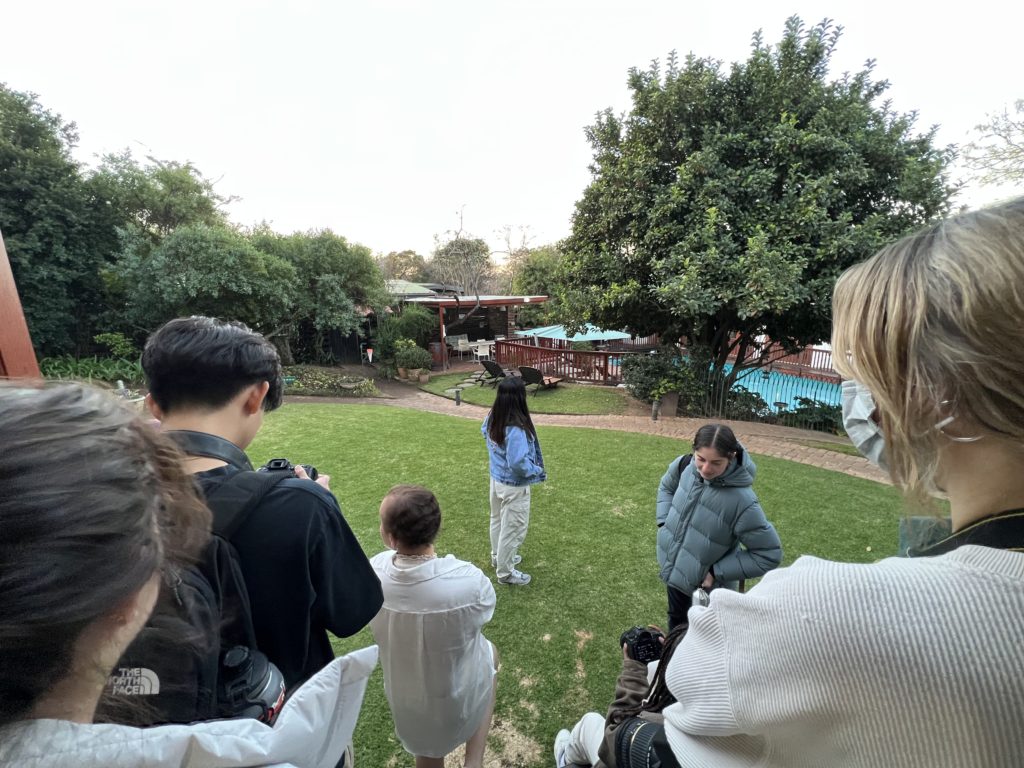Yesterday we had our first lesson on visual literacy, followed by a jarring series of documentary examples today. Professor Smith led us through the basics of exposure, highlighting the various ways that we can use a camera and our environment to capture the essence of a subject. While we were experimenting with the different settings on our cameras, we were asked what we thought made a photo ‘good’. Is it the subject? The lighting and visual techniques employed? Is it the emotion it evokes? There is no one answer to this question because everyone sees through different eyes and experiences life from a different perspective. So why exactly do pictures or videos elicit such visceral responses if we don’t know exactly what makes these media so powerful? The answer, at least part of it, lies in the power of story to engage and enthrall, to empower and embolden.
Today’s class showed us that photography and videography allow us to freeze a moment or to record the range of human emotion to reinforce the commonalities that we all share. Professor Smith shared some of his favorite vignettes that employ stories to share emotion: hope in the case of a French cancer organization, and empathy in the story of a Los Angeles man who lost his dog. These short films were professionally made, but they weren’t inaccessible. Therefore, while we are novices to how the depths of emotion that can be explored by these media, we all know the power that lies in the ability to tell a story, whether it be around the dinner table or on the internet in blog posts like this.
How can this translate to what we’re doing in South Africa? Very simply, we are telling and listening to stories. In a more complex answer, we are paying our respects to the people of a nation that have relied on stories for support and hope. We are in a country where stories of power and struggle shaped the foundation of a government, where someone telling their story is an important reminder of the steps that have been made to get here. The prisoners of the Number 4 prison next to the Constitutional Court told their stories of unfairness and mistreatment, the curators of the Apartheid Museum told a complex and passionate story that gave an homage to the myriad groups and peoples affected by this dark history, and the story of Nelson Mandela has been told repeatedly throughout the world as a reminder of the impact that individuals can have on society.
The stories we are going to tell as students here are just as important: of Dr. Norbert Ndjeka, a resilient researcher and advocate who continues to fight for proper TB care despite vigorous opposition from foreign health organizations; of the community healthcare workers who advocate for and work with TB-affected populations in South Africa; and finally of the 14 students who are encouraged every day to ask themselves, “What are you going to do for others next?”


